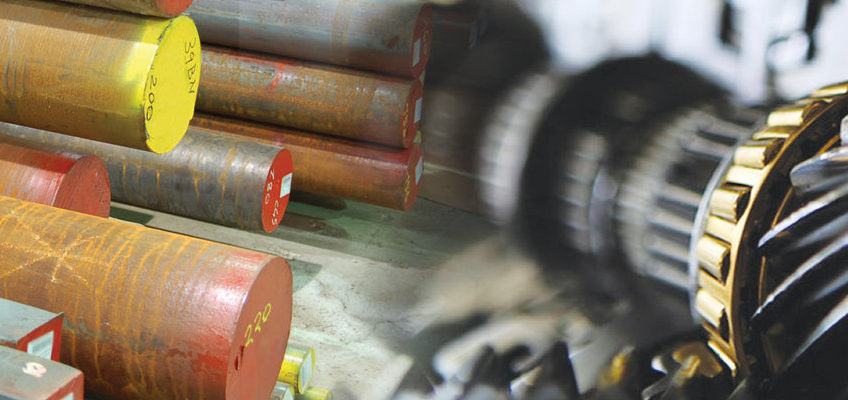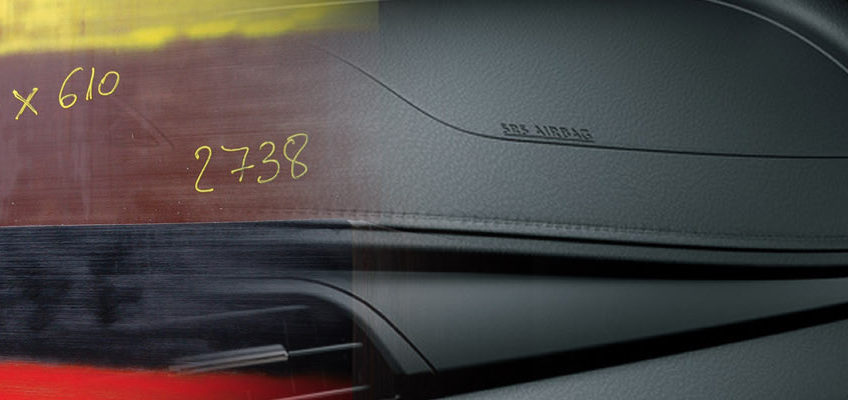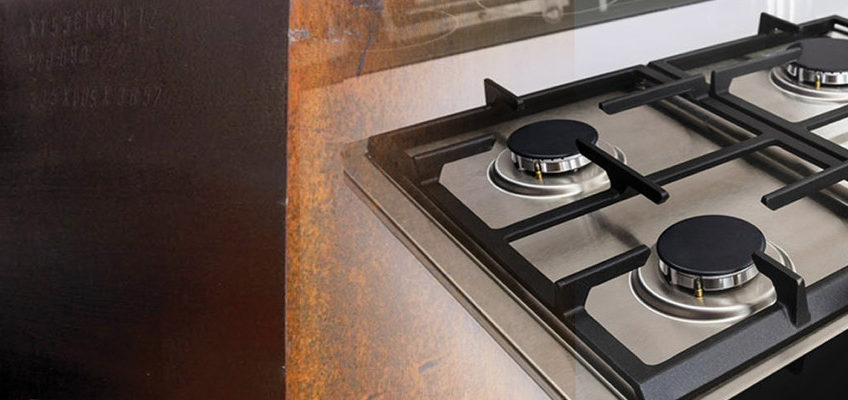The feature that distinguishes this type of steels is the large concentration of carbon contained, which gives a considerable hardness.
The main features are indeed toughness, wear resistance, hardenability and hardness precisely.
The required hardness for steels for cold molds vary from 52 to 63 HRC.
The high hardness is usually due to the high carbon content; other properties, such as toughness, wear resistance, dimensional stability to heat treatment, hardening penetration, cutting capacity …, are reached with further elements in solution. There is surprising therefore very varied composition of these steels: carbon, carbon-chromium, tungsten-chromium, tungsten and manganese-vanadium.
- Carbon: a concentration of 0.6% may already provide the maximum hardness, however, part of C combines with other elements present, and then it may be necessary to increase the content.
- Manganese: has deoxidizing action, it improves the hardenability and facilitates the formation of carbides.
- Silicon: Action has flux, increases resistance to oxidation.
- Chrome: increases hardenability, stabilizes the carbides.
- Vanadium: it prevents the grain growth, useful to have hardness at high temperature.
- Tungsten and molybdenum useful for the wear resistance at high temperatures.
- Cobalt: in this speed steels.
Given the presence of carbides of difficult solution, the quenching is performed at a high temperature; it has to assess it as well, if too low, the carbon does not melt and form martensite poor; if too high, an excessive amount of carbon members nell’austenite stabilizing it up at low temperature.











